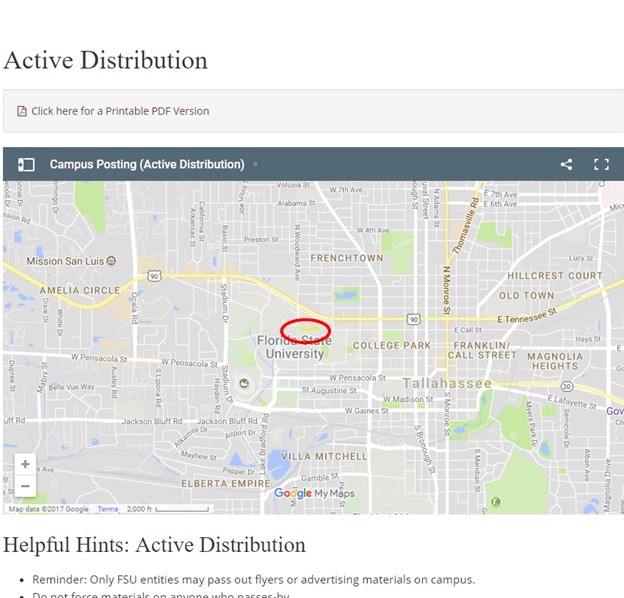On college campuses, free speech zones have become as commonplace as fidget spinners and Sperry’s. These zones relegate one’s ability to speak freely, sometimes to spaces that equal 0.001 percent of the entire campus. In a time when our country is as divided as ever, these parking spot-sized areas are actively inhibiting civil discourse and a chance for the future leaders of this country to engage.
Free speech zones, or limited public forums, are areas set aside by universities for expressive activity. Typically, students are required to utilize only these areas for anything from distributing copies of the Constitution, gathering signatures for their club, or dressing up in a cow costume to give out hugs. Not only are students limited to these specific areas, universities often place complicated permit policies and other forms of prior restraint in order to chill speech.
The more barriers to entry, the less likely it is students can break through the red tape.
In a country where there shall be no laws “abridging the freedom of speech, or of the press, or the right of the people peaceably to assemble,” there is no room for a violation of the First Amendment.
One of the most egregious forms of First Amendment abuse takes place at Florida State University. FSU is home to 32,000 students on a 476-acre campus. In the 1960s Supreme Court Case Healy v. James (408 USC 169, 1972), Justice Stewart delivered the opinion of the court, stating, “[t]he vigilant protection of constitutional freedoms is nowhere more vital than in the community of American schools.”
FSU could use a refresher in what this means.
According to the maps made available by FSU, there are only two areas where students may peacefully assemble on campus — on the southeast and southwest corners of the auditorium, and next to the graveyard on campus (top graphic, in red circles). To make matters worse, FSU only allows a tiny sliver of campus for students to distribute materials on campus (bottom graphic, in red oval).


Thanks to initiatives such as Young Americans for Liberty’s National Fight for Free Speech campaign, across the country 28 unconstitutional policies have been revised and constitutional rights have been restored to 590,202 students.
Students like Mike Avi, who leads the YAL Chapter at FSU, have been shut down multiple times on campus, but not for disturbing the peace, or causing a ruckus. Avi’s crime? Wanting to distribute the Constitution and other materials promoting individual liberty and limited government.
These types of policies are only the beginning, and it is a slippery slope. As soon as we allow microcosmic governments (i.e. student life offices) to restrict viewpoints and where we are allowed to speak on campus, there will soon be no spots for our ideas to flourish, or any ideas that go against the grain of the status quo.
Without the basic freedoms of speech, press, peaceable assembly, religion, and petition, then we have lost it all.
This is why YAL’s National Fight for Free Speech campaign is so important. It is time that we get bloated student life offices and overpaid, biased bureaucrats out of the way so that students of all political affiliation, ethnic backgrounds, gender affiliation, race, religion, and creed are free — free to learn, free to speak, and most importantly, free to grow.
Alexander Staudt (@astaudt94) is a contributor to the Washington Examiner’s Beltway Confidential blog. He is director of free speech at Young Americans for Liberty, a nonprofit organization based in Arlington, Va., with more than 900 college chapters across the country.
This piece is part of a Free Speech Week series from Young Americans for Liberty. Click here to view the first, second, and third pieces.
If you would like to write an op-ed for the Washington Examiner, please read our guidelines on submissions here.

